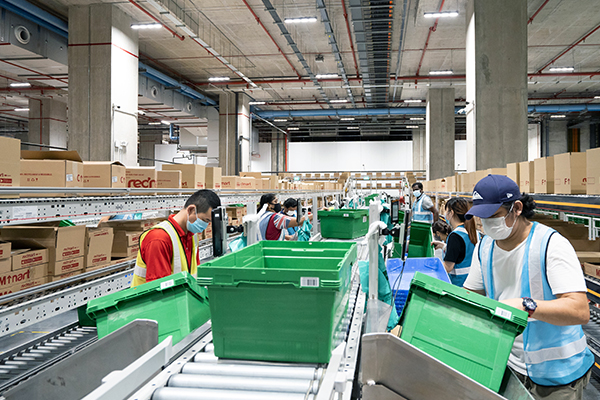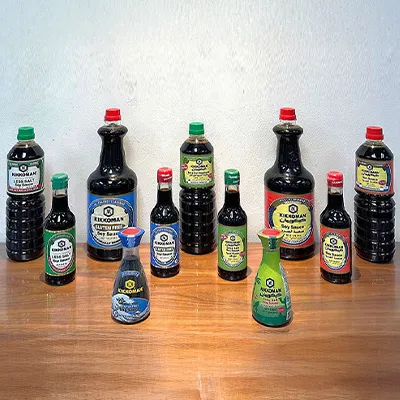Lazada’s focus next moved to product assortment, tapping on cross-border retail networks to offer products from Alibaba’s extensive Tmall and Taobao merchant network in China, Japan, and Hong Kong to its SEA consumer base, bringing East Asia’s booming e-commerce supply chains closer to the region. Between 2017 and 2019, Lazada’s cross-border sales quadrupled as it helped SEA’s consumers discover and access these bargains online.
Today, Lazada carries over 18,000 brands and drives assortment quality by working with its network of global brands and businesses in Singapore. Just this year, the number of brands on LazMall Singapore has doubled, with global brands such as Toyota, Mothercare and Porsche Design coming on board.
This wide range of product offerings is carried by Lazada’s logistical infrastructure investments, the final piece in the company’s growth strategy. The platform is constantly innovating to shave time off. For instance, Lazada e-Logistics boasts 72-hour cross-border delivery for metropolitan cities once parcels have cleared local customs, as well as a green-energy delivery fleet. In 2018, Lazada’s last-mile fleet set a record of over one million parcels delivered in a day across SEA.
What’s next
Amidst the regional boom in online retail and digitalisation, Lazada’s competitors today include Amazon, eBay-backed Qoo10, and Tencent-backed Shopee. What does the future of e-commerce look like for Lazada?
Mr Chang sketches out two areas of growth – first, providing even more seamless omni-channel experiences, and second, delivering customer-first service solutions.
For example, Lazada partners with physical stores in Singapore to create online-to-offline experiences by encouraging customers to test products in person, but make purchases in-app by scanning product QR codes.
Lazada is also test-bedding service solutions that meet the specific needs of consumer groups. For instance, RedMart now offers a new Sunrise Delivery slot in Singapore, an overnight grocery delivery service catering to busy working adults.
Cybersecurity will remain a key business priority for the company. Last October, RedMart suffered a data breach where the personal information of 1.1 million user accounts was stolen from a legacy system the company no longer uses.
"The data incident highlights that people want to target our customers for nefarious purposes and protecting our customers' data and privacy remains a top priority. We have a team of professionals, comprising seasoned law enforcement professionals, lawyers and technology specialists, dedicated to pre-empting and preventing future incidents as much as possible," shares Mr Chang.









